

 GratefulNation.
GratefulNation.











|
The Hiroshima Mission |
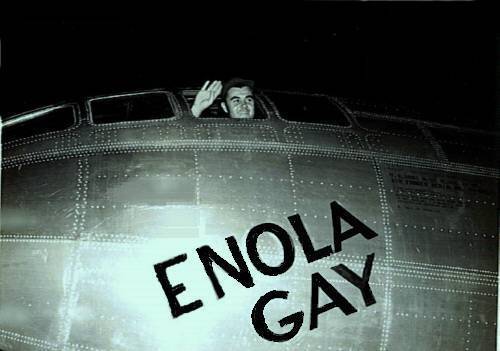 Col. Paul W. Tibbet, Jr. waves to photographers and film crews before taking off in the early morning of August 6, 1945 for Hiroshima, Japan. |
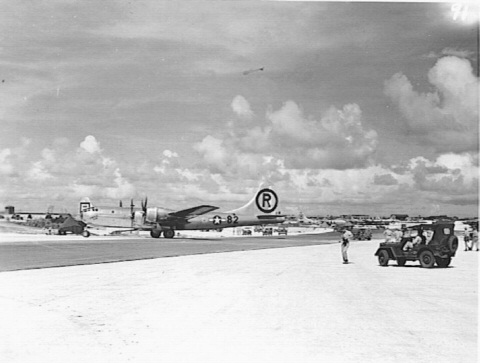 Enola Gay returns from Hiroshima August 6, 1945. |
|
|
 General Spaatz and others await the Enola Gay returning from Hiroshima August 6, 1945.. |
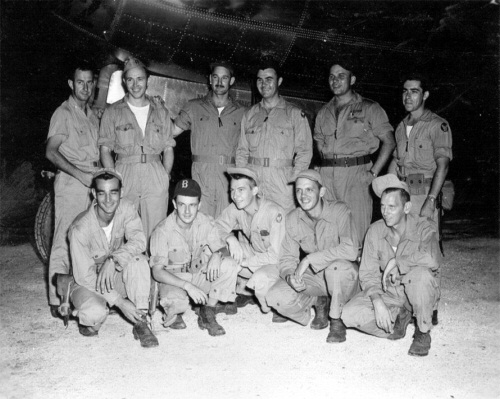 Standing (L-R) Col. Porter,Capt. van Kirk, Maj. Ferebee, Col. Tibbets, Capt. Lewis, Lt. Beser Kneeling (L-R) Sgt. Stibork, Sgt. Caron, Pfc. Nelson, Sgt. Schumard, Sgt. Duzenbury |
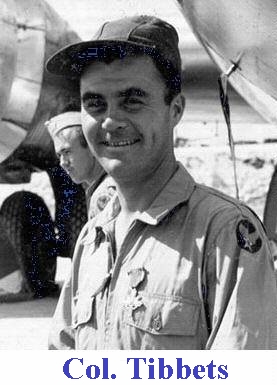

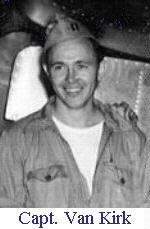
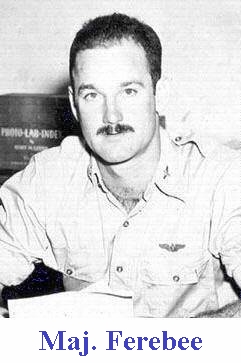
|
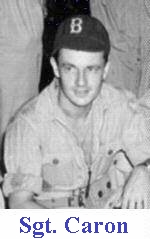

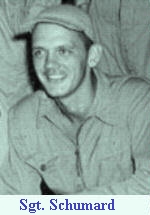
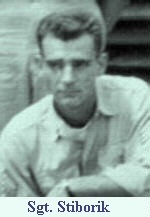
|
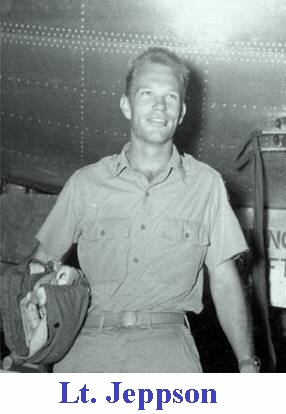

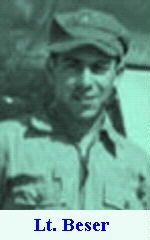
|
|
Col. Paul W. Tibbets, Jr. – Pilot and Aircraft commander |
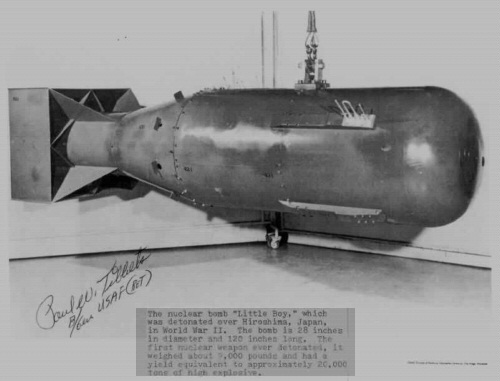 Atomic bomb (Little Boy) used to destroy Hiroshima. The Little Boy design consisted of a gun that fired one mass of uranium 235 at another mass of uranium 235, thus creating a supercritical mass when combined. A crucial requirement was that the pieces be brought together in a time shorter than the time between spontaneous fissions. Once the two pieces of uranium are brought together, the initiator introduces a burst of neutrons and the chain reaction begins, continuing until the energy released becomes so great that the bomb simply blows itself apart. Length: 120.0 inches (10 feet / 3.0 meters) Diameter: 28.0 inches (71.1 cm) Weight: 9,700 lbs (4,400 kg) Yield: 15 kiltons (+/- 20%) |
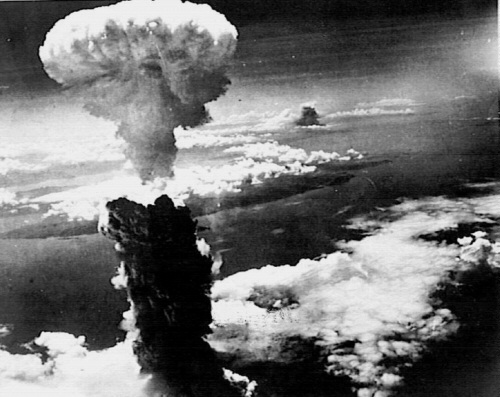 Atomic mushroom cloud over Hiroshima |
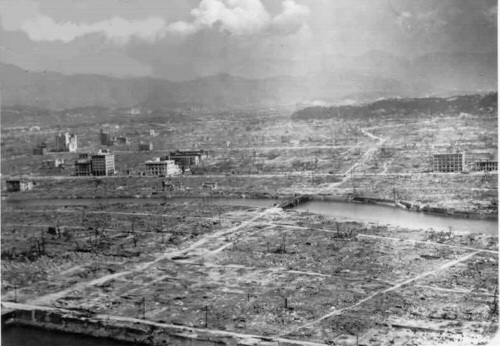 City of Hiroshima after the attack August 6, 1945 |
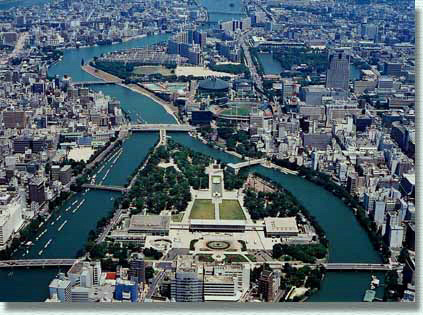 Hiroshima 60 years later |

My Father |
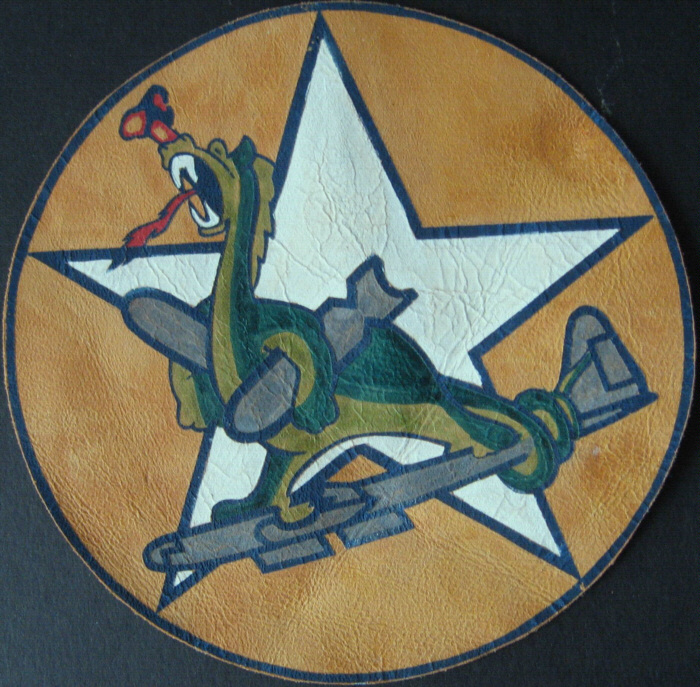 Official Logo 509th Composite Group, the unit that dropped the atomic bombs was activated at Wendover Army Air Field, Utah, Dec. 17, 1944. The crews trained with practice bombs called “pumpkins” because of their size and shape, which was the same as “Fat Man” atomic bomb. The 509th deployed to Tinian in the Marianas in May 1945. It was a self-contained unit, with personnel strength of about 1,770. |
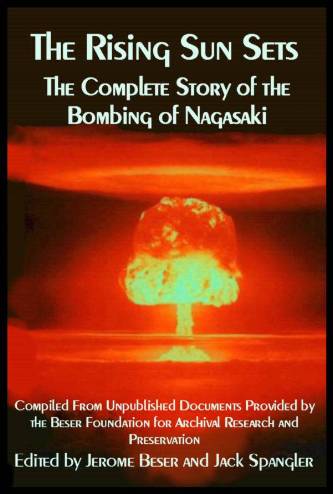 This book has been compiled using unpublished documents from the personal collection of the late Jacob Beser, 1st Lt. U.S. Army Air Corps, 1945. Lt. Beser was the only man to have participated in the design of the atomic bomb and also flew as a crewmember on the strike aircraft for both the historic missions. Beser collected data for over 40 years and began writing the book in 1990. He was unable to complete it because of his untimely death in 1992. In 2007 his youngest son Jerome and a close personal friend Jack Spangler finished the project. While concentrating on the untold story of the near tragic Nagasaki mission, this book presents a well balanced summary of what led up to World War II, why the bombs were only another weapon of war, and how many thousands of lives were saved by their successful use. Lt. Beser argues that the public needs to recognize the true motivations and circumstances that led up to the use of the atomic weapons as well as their horrible effects on mankind. Without clear and unbiased factual documentation and a society that understands the danger of allowing a part of history to be biased by “pity the victims” stories and photographs, the possibility of history repeating itself becomes a real danger to current and future generations. |
|
Autographed soft cover copies of this book are available from the author for $20.00 (plus $4.00 postage - US Only): mjs15@verizon.net Or on-line from Amazon.com or may be available at (or ordered by) your local book store. All profits from the sale of this book go to the Beser Foundation for Archival rsearch and Preservation, a not for profit organization dedicated to the "Preservation of the Past for the Benefit of the Future" and to assist in locating MIA's. |